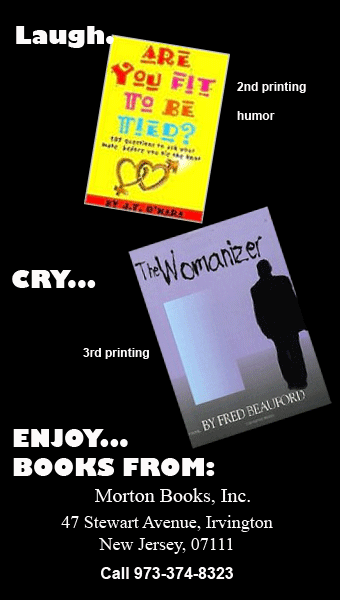REVIEWING
Portfoloio
by Kara Fox
It comes as no surprise that Michael Freund presents to the world great creative expression. Born in Vienna, the son of a member of the Vienna Symphony Orchestra, Michael grew up surrounded by classical music. He claims it flows in his blood. At the early age of 15, he left high school to begin studying the harp. Michael was the youngest officially enrolled student at Vienna's 'Hochschule Fuer Musik Und Darstellende Kunst,' the famed conservatory. At 21, drawn into modeling and other distractions, he moved to New York City. Now, almost 22 years later, we find him in LA using his talents as a commercial director and photographer.
"I have taken photos since I was 10 or so. Being around fashion photographers since age 17, I was always intrigued by their art but more so by their lifestyle. Being asked to fly around the world to do something you were good at sounded like my idea of a good time. After pursuing philosophy in college and a move back to Europe in my later 20s, I shunned opportunities that were available to me and proclaimed, 'I am going to be a fashion photographer.' After taking some nude photos of my girlfriend, I started going to modeling agencies in Vienna and asking for free models... which were given to me, and quickly I was paid to shoot them. I went to Milan and tried the same, with success."
Michael Freund never aggressively pursued commercial photography. He simply wanted to shoot whatever he wanted to shoot. His early influence was Paolo Roversi. He wondered how one could add so much 'expressiveness' to photos. Slowly he learned that his newly acquired, super expensive Rolleiflex camera wouldn't do the trick, and instead found himself attracted to the images he could capture using old lenses and Polaroid cameras, (50 or more years old) preferably with scratches in them. The unpredictable nature of the materials used in Polaroids lent a photo another element of uncertainty. A picture taken with such a camera and lens changed the mood of the image and of the subject. It would sometimes take 15 minutes or more to take a shot. Every shot he took counted, unlike today, where you can fire away and shoot 800 digital photos and simply select the best one. The subject feels that they are really being taken seriously, thus they calm down and seem to allow him to look into who they really are underneath, rather than show a false facade. He recognized that he was less attracted to fashion photography than to images that would capture someone's true essence. And this is who he is as a person.
What intrigues Michael when he looks at his Polaroid work is the ability to freeze people into a heightened, better, stronger, proud, excellent, reflective and more mysterious version of themselves. What he hopes to achieve is that his photo subjects come away from their session having gained almost a new appreciation of themselves, seeing something that they haven't seen before, something that leaves them inspired about new possibilities open to them as human beings.
"I've also always been attracted to a certain sadness when it comes to shooting women, especially the sadness of an extremely beautiful woman. I don't know why. Maybe because it simply hurts to be so beautiful when you know most people around you aren't. I can't quite explain it. This showed itself in a way in what I would refer to as a profound photographic moment: When I shot one particular model in Milan, who had the most stoic expression. Both fairy tale came to mind as well as well as this sort of sadness."
Michael has a BA in philosophy and politics from Gordon College in MA, and an MFA in film directing from the renowned Art Center College of Design in Pasadena, CA. Possibly the greatest compliment he ever received was from his most admired professor who compared some of his 'otherworldly' type 55 Polaroid images to the work of Henri Cartier-Bresson.
MICHAELFREUND
DIRECTOR - PHOTOGRAPHER
www.michaelfreund.net
626.394.4509





